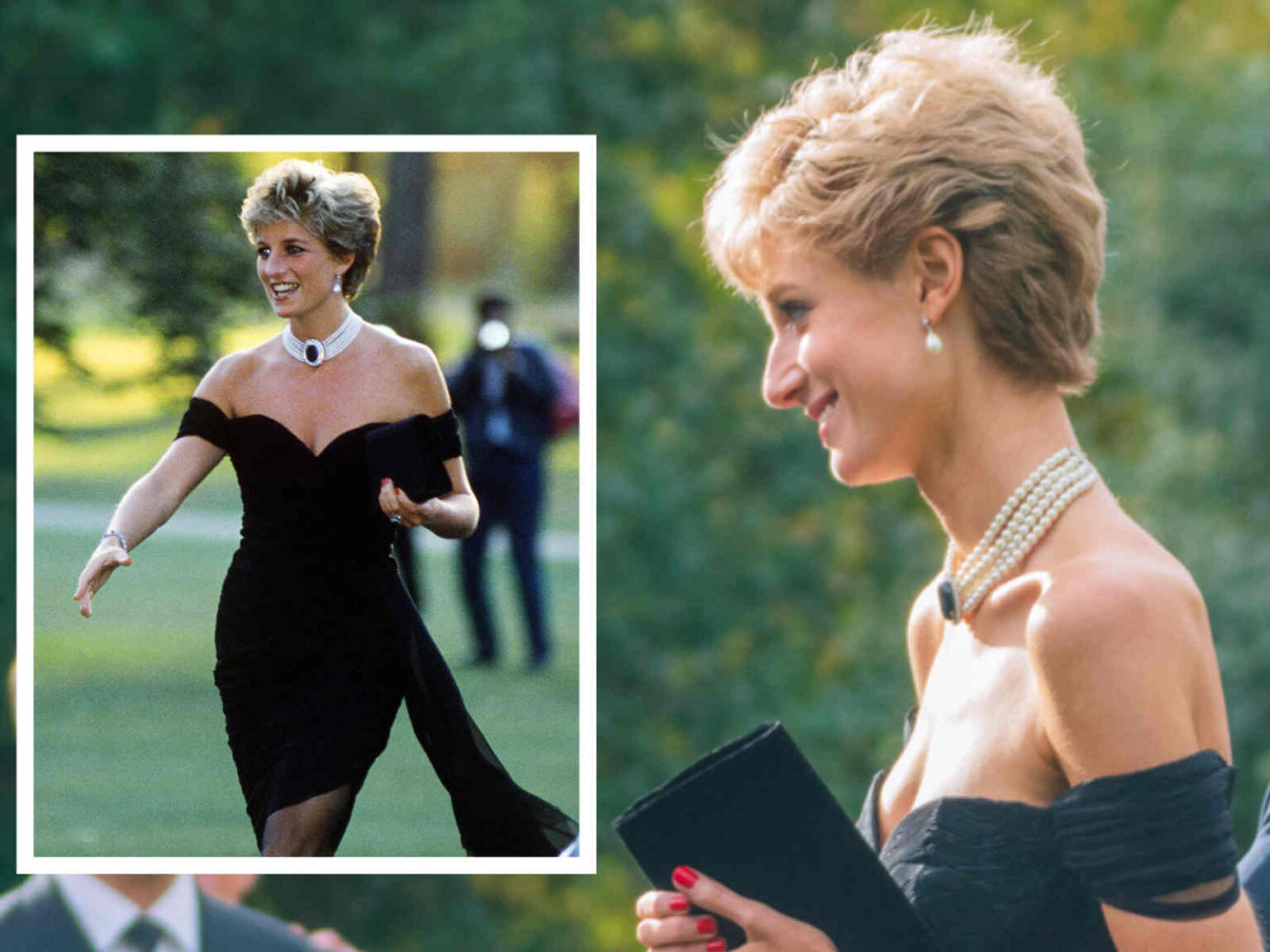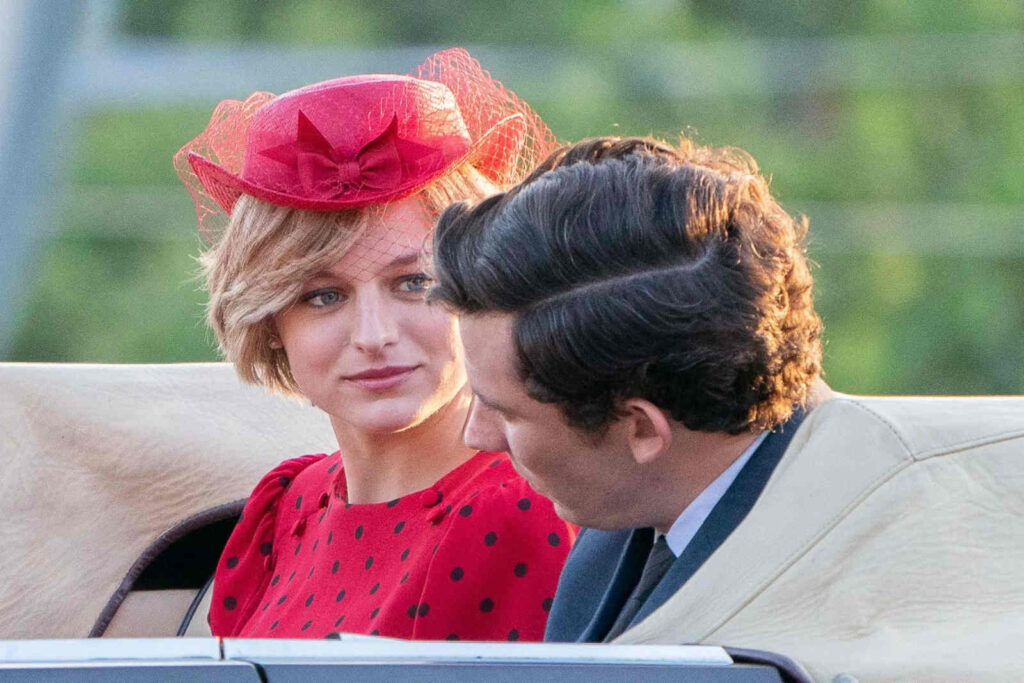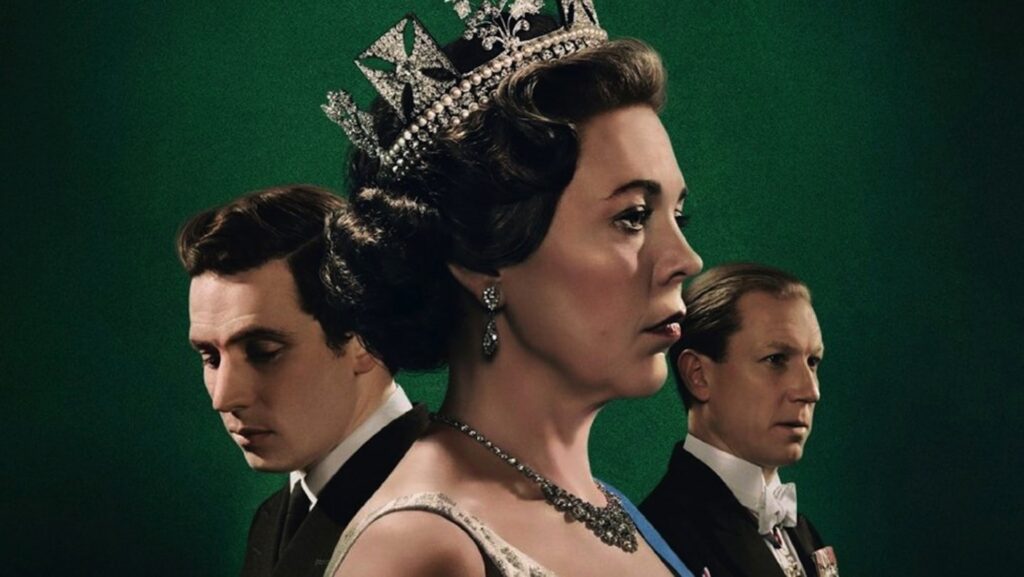
How is ‘The Crown’ season 6 shading Queen Elizabeth?
The Crown has wrapped up its six-season saga, but not without a final episode that turned the drama dial to eleven. “Sleep, Dearie Sleep” was supposed to be a fitting end to the series, but with the real-life passing of Queen Elizabeth II in September 2022, the episode morphed into something…unexpected.

A Finale Like No Other
Initially, the episode takes us to 2005, a seemingly odd choice given its seventeen-year gap from the queen’s actual passing. However, The Crown isn’t just about chronological storytelling; it’s about capturing the essence of royal life.
From the get-go, the episode doesn’t shy away from the macabre, showcasing a full-scale model of the queen’s funeral procession. It’s an eerie prelude to the real-life event, complete with the royal standard-draped coffin and crown jewels.
The central plot revolves around the tired question of Queen Elizabeth’s abdication in favor of Prince Charles. Despite its predictability (we all know she didn’t step down), the show tries to inject drama into this storyline.
But let’s be honest, the more interesting part is Prince Charles’ pursuit to marry Camilla Parker Bowles, a saga that involves not just the queen’s approval but also the Church of England’s blessing and the reactions of Princes William and Harry.

Drama in the Details
In a poignant scene, the queen confronts the church’s stance on Charles and Camilla’s marriage, highlighting the complexities of royal romance and religious doctrine. This is complemented by a candid conversation between Elizabeth and her grandsons, which not only highlights the weight of royal responsibilities but also sets the stage for the brothers’ future diverging paths.
Yet, The Crown knows how to mix levity with its drama. Cue the proposal scene, where Charles shares his joy with Camilla, gardening cigarette in mouth. It’s these humanizing moments that keep the series relatable despite its royal setting.

The shade
As the episode progresses, The Crown dives into the heavier aspects of monarchical duty. The queen, played by Imelda Staunton, grapples with the idea of abdication. In a creative twist, she converses with her younger selves (Olivia Colman and Claire Foy), providing a multi-generational perspective on her reign. This internal debate is fascinating, showing the queen’s struggle between duty and personal desire.
The wedding of Charles and Camilla becomes a focal point for Elizabeth’s introspection. As she prepares her speech, the tension is palpable. Will she abdicate? The episode cleverly keeps us guessing until the very end.
But The Crown doesn’t forget its history. It reminds us of Prince Harry’s infamous Nazi costume scandal and how it was handled by the royal family. This subplot, though briefly touched upon, underscores the perpetual scrutiny the royals face.

A Royal Reflection
As the series concludes, we see the queen alone in the chapel, reflecting on her reign and legacy. The imagery of her envisioned coffin is a somber nod to her eventual passing. The scene is symbolic of the queen’s solitude in her role, despite being surrounded by a large family and a nation.
The Crown has always been about more than just dramatizing royal life; it’s about dissecting the human experience behind the crown. This finale, with all its historical liberties, achieves that by showing us the complexities, dilemmas, and emotional depth of Queen Elizabeth II.
And so, we bid farewell to The Crown. It’s been a journey of high drama, intimate moments, and a deep dive into the lives of one of the most famous families in the world. As we close this chapter, one question lingers: will the real royal family ever be as intriguing as their fictional counterparts?



